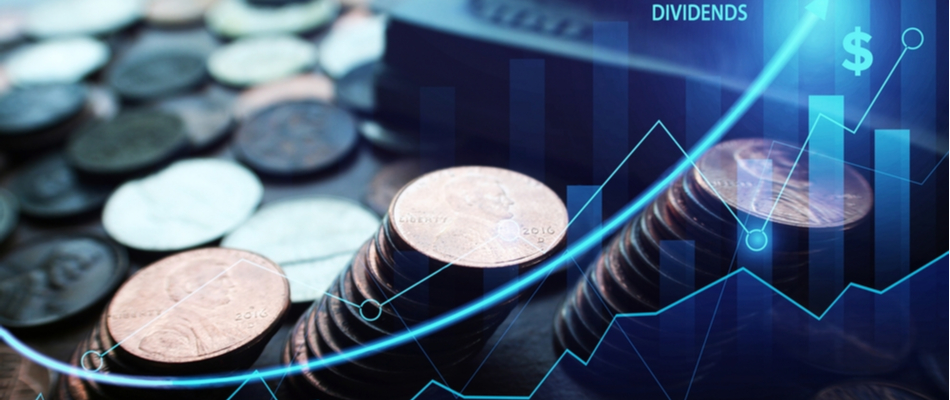What is a shareholder?
A shareholder can be a person, company or institution that owns one or more shares of a company. This is also sometimes called a stockholder or shareholder . Because they also own a part of the company to a certain extent, they also benefit from the advantages of the company when successes are achieved. Think of the price increase of the company’s share or when profits are paid out in the form of a dividend. A shareholder can also lose money because of this if a company does less well on a stock exchange and the value of the share decreases as a result.
The basic principles that apply to shareholders
If a company has debts or other financial obligations, the owners of partnerships and proprietors are liable for everything that comes with it. Shareholders, however, are not liable for this. Therefore, a creditor cannot seize personal assets. Nevertheless, shareholders are part owners of a company. However, they do not manage the activities of the company. This is done by an appointed board of directors and this board will also oversee everything that happens within a company.
A major shareholder
Within listed companies, different people can have shares. Employees and private individuals can invest in the company. A major shareholder is the shareholder with the most shares in a certain company. If this is more than 50 percent of all outstanding shares, it will be called a majority shareholder. This is often the founder of the company. Heirs of the founder can also be considered a majority shareholder . This will be an important stakeholder in the business operations and often also have a say in the strategic direction of a company. That is why this shareholder also has the power to replace the board of directors.
A majority shareholder is something you will often encounter in private companies. However, there are also examples of other companies where this is the case. Think of Facebook by Mark Zuckerberg and Warren Buffett is also a good example. This man is namely a major shareholder of his own company, Berkshire Hathaway.
Become a co-owner as a shareholder
A shareholder is a partial owner of the company. The extent to which you are a co-owner of the company depends on the total value of the shares you own compared to the market cap of the company. If you own 5,000 shares of a company that has 100,000 shares outstanding, you are a 5 percent co-owner. However, many companies have many more shares available on the stock exchange.
Registered shares
Nowadays, shares are not often registered in your name if you are a shareholder. This used to be the case. Nowadays, people will speak of a bearer share. This means that you are the owner and in this case, the term does not change much. Registered shares are still possible with Private Limited Companies (BVs), but here the process works very differently.
Your rights as a shareholder
The laws and regulations and the Corporate Governance Code state the various rights of shareholders. Some examples of these are:
- Be entitled to dividends;
- Calling a meeting;
- The right to request the initiation of an investigation procedure;
- The right to vote at a shareholders’ meeting.

The powers during a shareholders’ meeting
A company must account to shareholders several times. This happens at least once a year and will take place during the annual meeting of shareholders. During this meeting, major decisions will have to be approved and this is therefore one of the most important powers during the meeting. Think of decisions about takeovers and mergers. The meeting will also decide on:
- Appoint and dismiss directors;
- Determining the remuneration policy for directors;
- Approve the annual accounts;
- Amend the articles of association.
The General Meeting of Shareholders (AGM)
During the AGM, shareholders generally have voting rights. This applies to both major shareholders and small investors. However, a large proportion of these small investors have never attended a meeting. There are a number of AGMs that are attended more frequently than others. You always have the right to attend an AGM if you own shares in a particular company. It is therefore advisable to go to one anyway.
Compare brokers and start investing in stocks
Are you excited about investing in stocks after reading this blog about shareholders? Use our comparator and find the stock broker that suits you best!